Situated on a hill just outside the port town, the Environmental Interpretation Centre offers inside and outdoor spaces, including a theatre and peojection room.
Galapagos National Park Visitor Centre
The San Cristobal Environmental Interpretation Centre was the first project of the Spanish International Aid Agency in Galapagos, back in 1994. It is a National Park official tourist visiting site, attracting the vast majority of tourists that visit the island.
The Centre houses a series of exhibits that explain noth the natural history of the islands and the much more recent history of human exploitation and colonisation. It is this last feature that sets it aside from other Galapagos-inspired exhibits anywhere else on the islands.
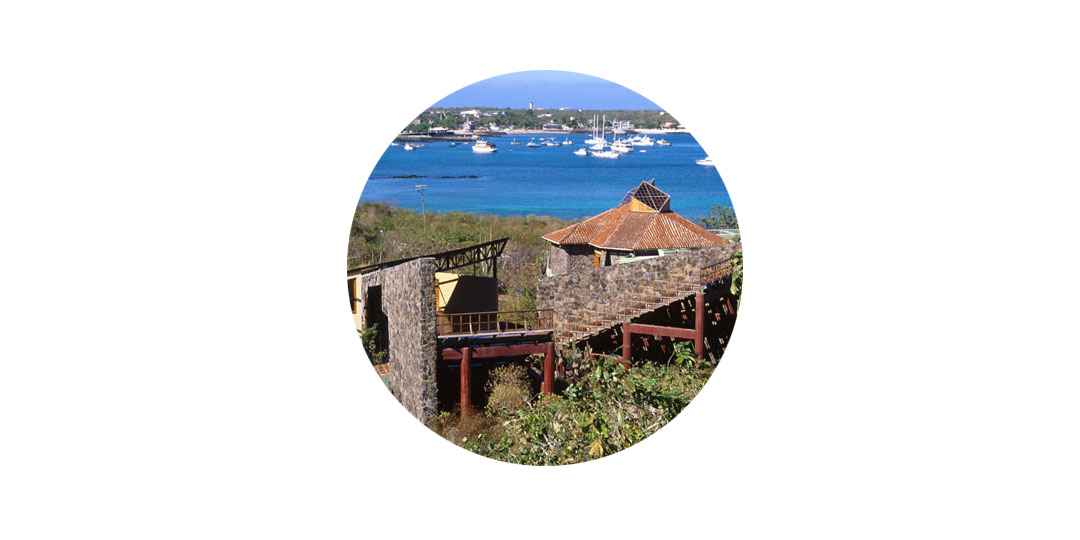
The Challenge
Built by architect Francisco Ausín, both the building and most of its contents have stood the test of time remarkably well.
Not so the last hall, dedicated to conservation, which in 2007 presented clear signs of wear and some neglect.
Twelve years after it was first put together, it was decided to update and redesign its contents.
About the Project
This project was carried out under the umbrella of the Araucaria XXI project, a Spanish Government initiative to support the sustainable development of the local population.
The project’s counterpart was the Galapagos National Park, which administers the Interpretation Centre.
To redesign and remodel a third of the space took considerable logistical efforts, which I coordinated from Galapagos, with occasional visits to the mainland.
My Role
My job was to redesign the third hall, dedicated to sustainable local human development and to manage the printing, architectural and installation efforts.
While the design was carried out by myself in Galapagos, a firm in Quito took care of the printing and assembling of the exhibition panels, which were shipped and installed by a separate team in the islands.
The Centre


The first hall explores the islands’ natural history, from its volcanic origins to the mix of ocean currents that gives rise to the archipelago’s biodiversity, famous for its high level of endemism.

The second hall is the only permanent exhibit on the islands that goes through human activity in Galapagos. Starting with its discovery by a lost Spanish cleric, the whalers and pirates and the many colonisation attempts until the early and mid twentieth century communities.
Structural and Display Units Design


My job was to redesign the third hall, dedicated to sustainable local human development. While the design was carried out by myself in Galapagos, a firm in Quito, in the mainland, took care of the printing and assembling of the exhibition panels.The structural and architectural work involved removing some of the free-standing structures and including glass cabinets, to create three independent spaces, shown below.
Space 1: People
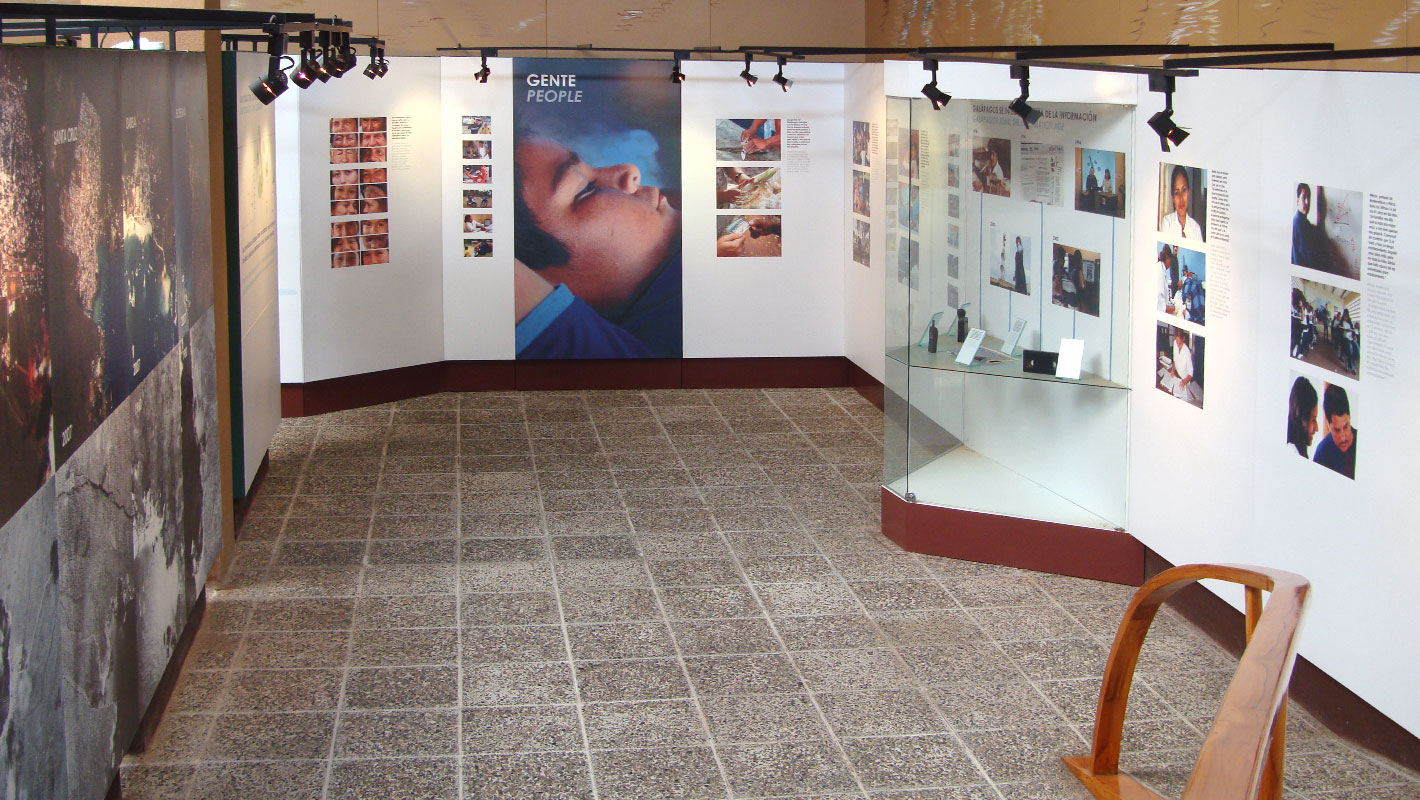
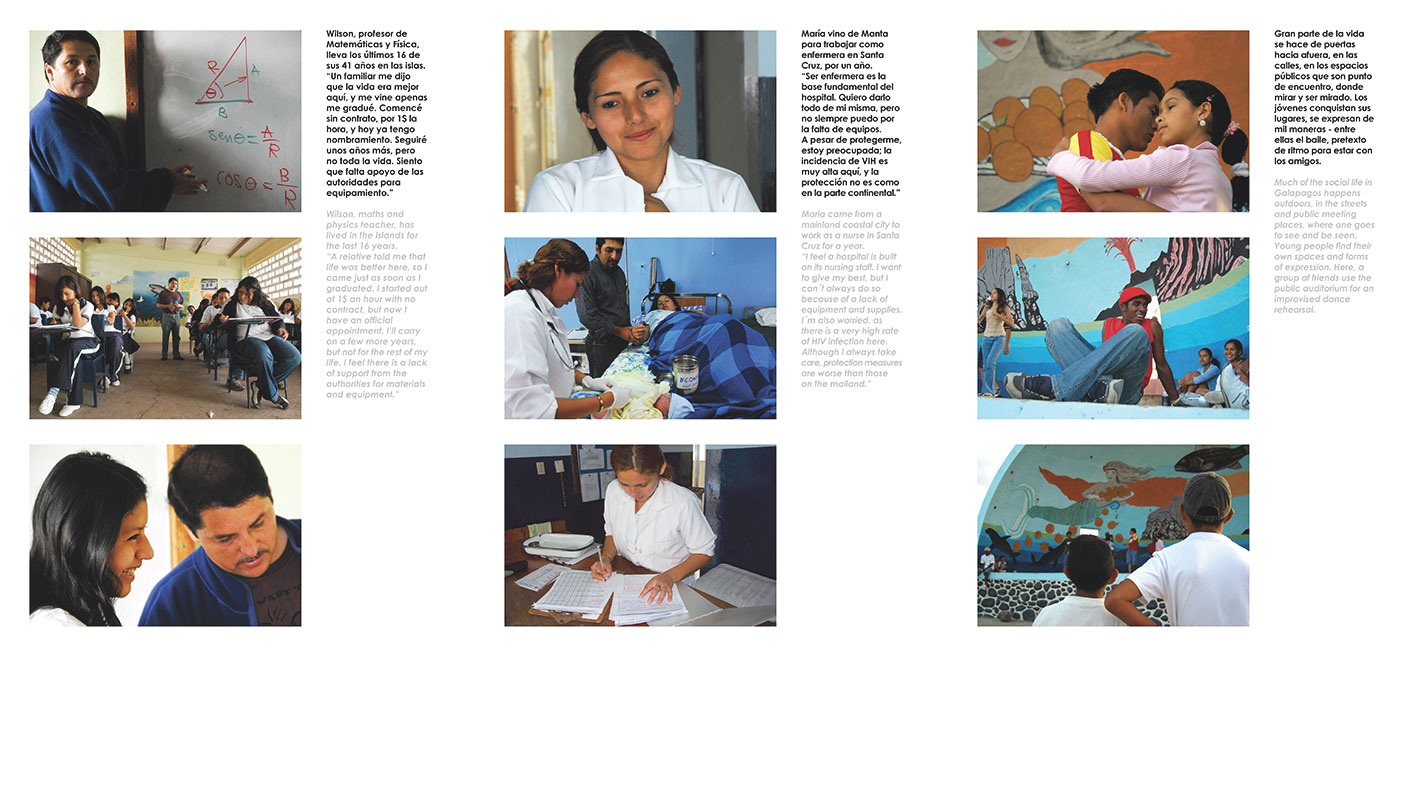
A permanent photographic exhibition captures everyday moments in the life of different communities in Galapagos. Education, health, entertainment, changes from generation to generation… the aim was to bring the visitor, almost always foreign, closer to the lives of the islanders.
Space 2: Resources
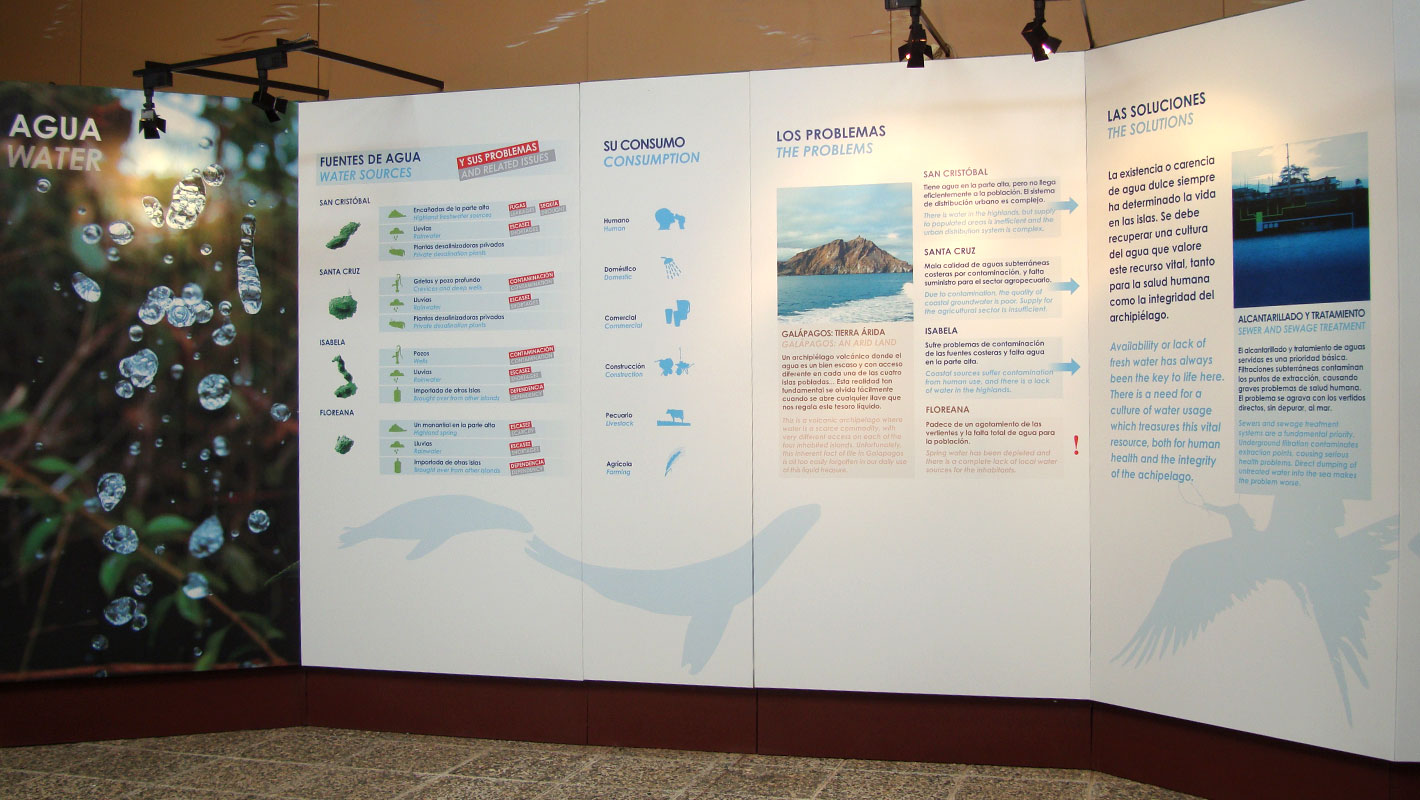
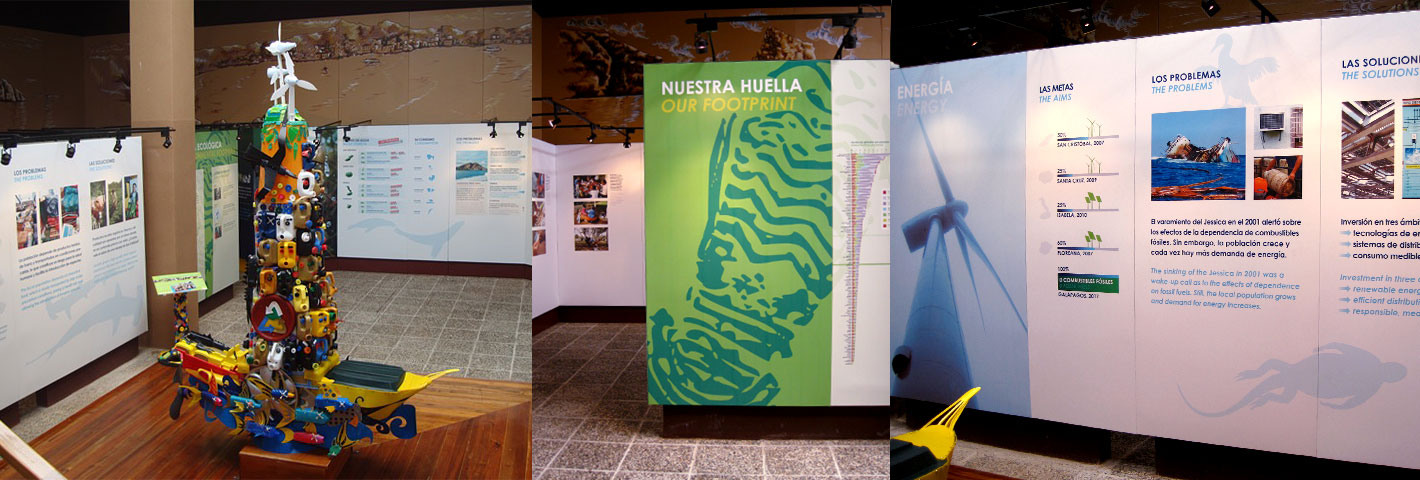


Water, food, power: the basic needs for human development on the islands always carry an environmental impact. The very recent colonisation of Galapagos by humans gives rise to hopes of a kind of development is aware of this impact and is determined to control it.

We also used this space to touch on the subject of human activity’s effects on our environment. A chart was included showing Ecuador’s place in the list of world countries and their ecological footprint (quite below average).
Space 3: Sustainability




The exhibition ended with testimony from local people in support of conservation.
Inauguration


The newly appointed Environment Minister of Ecuador, herself a former Galapagos National Park employee, inaugurated the new hall. Miguel Ángel Moratinos, Spain’s Foreign Minister (lower-centre), visited some weeks later.

